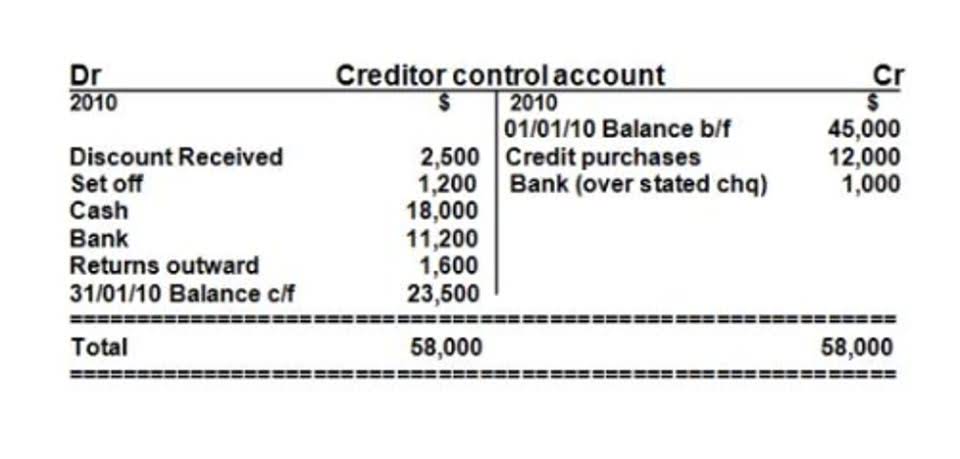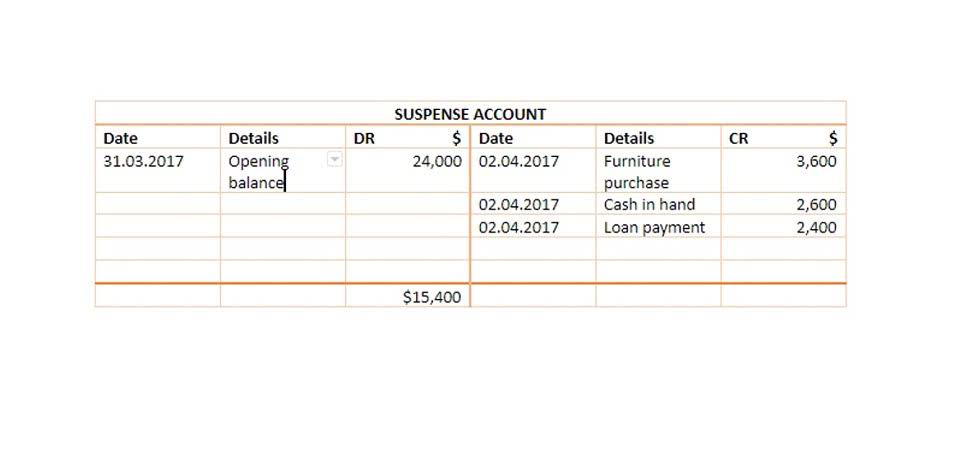Such initiatives strengthen member bonds and reinforce the organization’s commitment to providing a supportive community. Retaining members is fundamental for managing membership dues, ensuring a stable revenue base and fostering a thriving community. To enhance retention rates, organizations must adopt a multifaceted approach emphasizing engagement, communication, and value delivery. Utilizing specialized accounting software like QuickBooks or Xero can streamline the reporting process.
Choosing a membership dues model
However, as time goes on and you learn more about your customers, you may discover that the value of your membership is quite different from what your competition is offering. This model is popular in nonprofit organizations where the people you are serving cannot afford to pay a higher subscription fee. Derived from the words, free and premium, it involves free registration with additional costs for the advanced features. It is a great model because it gives members freedom and allows them to pay only for the benefits they want. In general, members are more likely to see value in their membership when they don’t feel like they’re paying for something they won’t use. For example, if your membership fee is high, you might think about including installment plans in your model.
You can offer a free or discounted membership trial for a short period of time, such as two weeks or one month. There are several activities that must be driving more memberships like paid ads, member referrals, events, website content, or EDMs. The key is, to identify the two main core revenue generators which bring in the most subscriptions and increase your budget on those activities. Your market and competitor’s data are extremely useful when you first set a price for your memberships.
- With the rise of mobile banking and payment apps like Venmo and Apple Pay, members can settle dues with a few taps on their smartphones.
- However, the deductibility of these expenses can vary based on the nature of the expense and the specific tax laws in place.
- As the prepaid amounts are expensed over time, they transition from the balance sheet to the income statement, impacting net income and overall financial performance.
- Deciding what to charge for your membership dues is one of the most important decisions your organization will make.
- Organizations can benefit from integrating third-party payment gateways into their payment systems.However, this integration facilitates members by allowing them to pay via their desired channels, amplifying their convenience and satisfaction.
- Annual dues might be better for some organizations, while monthly may be best for others.
How to Develop an Effective Membership Pricing Strategy?
Prepaid dues and subscriptions can complicate the tax treatment, as the expense must be allocated over the period it covers. This means that if a business prepays for a multi-year subscription, it cannot deduct the entire amount in the year of payment. Instead, the deduction must be spread over the subscription period, aligning with the matching principle in accounting. This ensures that the tax benefits are realized in the same periods as the related expenses. For example, if dues and subscriptions are paid via credit card, the expense should be recorded when the payment is made, not when the credit card bill is settled.
Enable options within your system to communicate effectively with members, notifying them of upcoming payments, payment confirmations, and other important updates. Establishing these communication channels ensures that members are well-informed about their financial commitments and any processed transactions. Allowing members to edit and update their payment details or payment plans empowers them with control over their accounts and financial commitments to the organization. The ROI evaluation (Return on Investment) determines whether your association is profitable or incurring losses. Typically, ROI represents the return amount after expenditures on various association functions, such as operational costs or membership benefits.For this, you need to list all your expenses and subtract them from your dues amount. The Greater Lowell Chamber of Commerce transformed its operations with Zeffy’s membership management solution and fundraising platform.
Licensing fees are payments made to obtain the legal right to use certain intellectual property, software, or other proprietary assets. These fees can be one-time payments or recurring charges, depending on the terms of the agreement. For instance, a software company might pay licensing fees to use a third-party development tool essential for their product. These fees are often categorized as intangible assets if they provide long-term benefits, or as operating expenses if they are for short-term use. The accounting treatment of licensing fees requires careful consideration of the nature and duration of the license, ensuring that the expense is appropriately matched with the revenue it helps generate. If members forget to pay their fees on time, consider offering them a grace period to settle their dues.
Automated Payment Processing
With a smooth way to strengthen the community and collect contributions, the Chamber raised $3,100 in annual membership dues and saved $155 in fees. Organizations provide value through dues paid by members, which are typically collected regularly. Some organizations have monthly dues, and some use annual models, which we’ll explore shortly. Online payment platforms like PayPal, Stripe, and Square offer convenience and security for members and organizations.
When dues and subscriptions are initially paid, they are recorded as either prepaid expenses or operating expenses, depending on the timing and nature of the payment. This initial classification affects the balance sheet by either increasing current assets or reducing cash and increasing expenses. As the prepaid amounts are expensed over time, they transition from the balance sheet to the income statement, impacting net income and overall financial performance.
Establish a Clear Collection Schedule
The accounting treatment of dues and subscriptions requires a nuanced understanding of the nature of these expenses and their impact on financial statements. Properly categorizing and recording these costs ensures that financial reports accurately reflect the organization’s financial health and comply with accounting standards. Organizations and individuals alike often encounter dues and subscriptions as part of their operational or professional expenses.
Revenues from membership dues are often reinvested into the community or organization to foster growth and innovation. This could mean funding research, sponsoring events, or providing grants and scholarships to deserving members. Personalized communication is another critical component of retention strategies.
- Accurate tracking and reporting of these expenses are crucial for maintaining the integrity of financial statements.
- As the benefits are realized over time, the prepaid amounts are gradually expensed, ensuring that the financial statements accurately match expenses with the periods in which the related benefits are received.
- Selecting the right method impacts operational efficiency and member experience.
- This could involve testing different price points, membership tiers, or even how the pricing is presented on your website.
Below is just about everything you need to know to understand, manage, and track membership dues. Highlight your membership benefits and the value you offer to compensate for the increase. Don’t go into a crazy amount of detail (e.g., if your conference center has raised prices and you need to hire more staff, don’t specify this exactly), and don’t complain. Raising your membership prices can be a hard decision, and you’ll want to keep as many members as possible. Members can choose between more affordable options with fewer benefits or more expensive options with more benefits.
However, it may not suit members seeking varied access or participation levels. To address this, organizations might offer optional add-ons or event fees, allowing members to customize their experience without complicating the core structure. Accurate tracking and reporting of these expenses are crucial for maintaining the integrity of financial statements. Misclassifying or failing to properly amortize prepaid dues and subscriptions can lead to misstated financial results, which can have significant implications for stakeholders, including investors, creditors, and regulatory bodies. For instance, overstating expenses in a single period can distort profitability metrics, while failing to recognize expenses in the correct period can inflate net income. Utilizing accounting software like QuickBooks or Xero can help automate the tracking and amortization process, ensuring that membership dues definition and meaning financial statements accurately reflect the organization’s financial activities.
Courts can interfere with the liability of payment of dues only when the dues are enforceable. The dues must be levied pursuant to regulations prescribed by the articles of association or the bylaws. Moreover, the liability to pay dues can be enforced only against voluntary members of the association. Some members may benefit from an association, but may not like to be members of the association. Sometimes, the thought of renewing their membership simply slips their mind. In fact, it’s better for everyone if you offer a grace period of some sort.
Properly managing how they are recorded and reported ensures accurate financial statements and compliance with tax regulations. Many organizations also let their members retain membership for free if they’re unemployed. This allows members who’ve recently lost their job to take advantage of the networking opportunities that your organization offers at a time when they need it most. Once they’ve found employment, you can ask them to become a paying member again. The easier it is for people to pay their membership dues, the more likely they are to do so.














